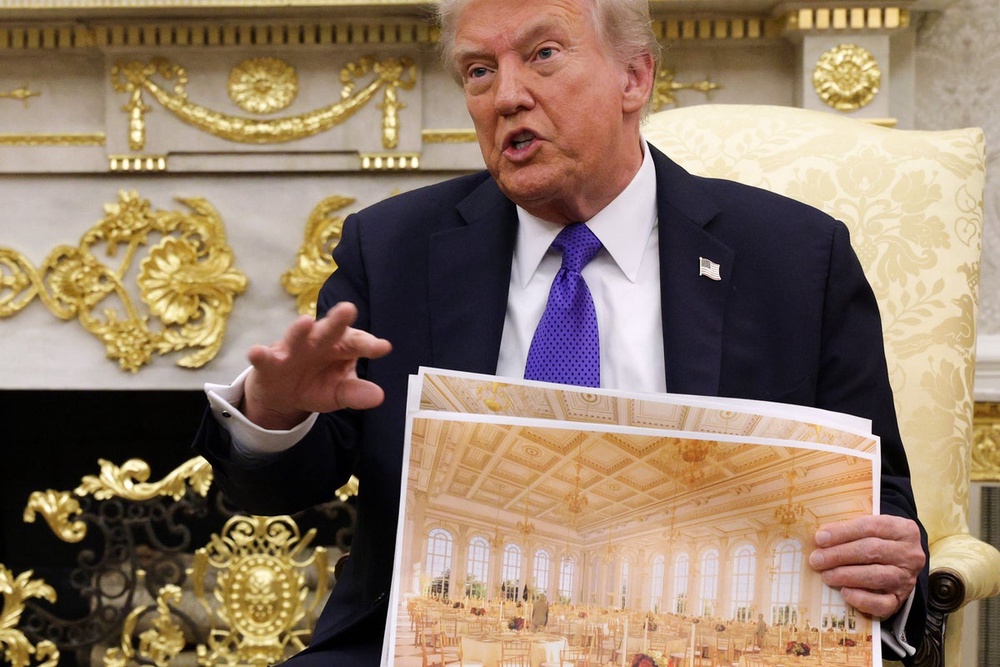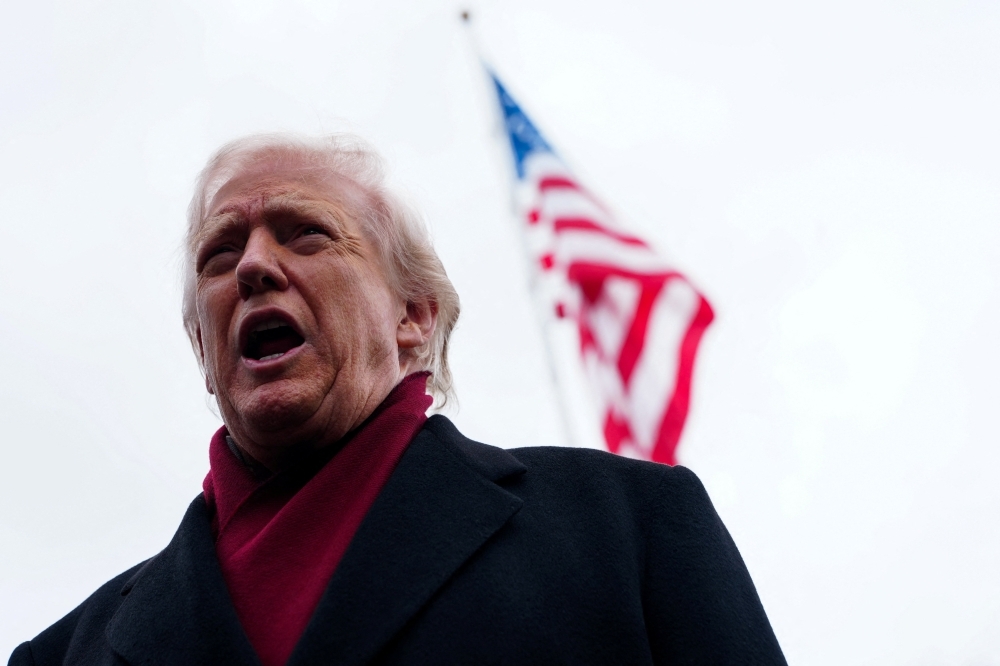In a move that has stunned historians, architects, and citizens alike, demolition crews have completed tearing down the entire East Wing of the White House to make space for President Donald Trump’s ambitious US$300 million (RM1.3 billion) ballroom project.
Satellite images released Thursday confirmed that the area once housing the First Lady’s offices now lies in rubble. The pictures, shared by Planet Labs PBC, reveal a grey-brown patch where one of America’s most iconic structures once stood — marking a dramatic shift in the nation’s architectural and political landscape.
The White House unveiled a list of donors backing the grand construction, featuring major tech players such as Apple, Google, Meta, Amazon, and Palantir, alongside defense contractor Lockheed Martin. The donor list also includes high-profile individuals like Commerce Secretary Howard Lutnick’s family and Cameron and Tyler Winklevoss, the twin entrepreneurs known from The Social Network.
Trump, standing firm on his vision, said the 1,000-seat ballroom was “essential” for official gatherings that currently rely on temporary tents. “State dinners deserve a home worthy of America’s greatness,” he said. “I’ll fund whatever is needed to make it happen.”
Originally proposed as an extension “near but not touching” the White House, Trump later chose a full demolition, claiming architectural advice supported a total rebuild rather than a partial modification.
White House Press Secretary Karoline Leavitt reassured reporters that “not a dime” of taxpayer money would be used, asserting that the ballroom will be entirely privately funded.
While previous presidents have overseen renovations, Trump’s ballroom represents the largest structural change to the White House in over a century. The East Wing, which had stood since Theodore Roosevelt’s presidency in 1902 and served as a vital hub for First Ladies and guests, now exists only in digital archives.
Preservationists and political opponents are voicing outrage. Former First Lady Hillary Clinton and several historical associations condemned the demolition, calling it “a loss of national heritage.” The National Trust for Historic Preservation urged the administration to reconsider, warning that the massive new structure could “overwhelm the White House itself.”
In response, the White House Historical Association confirmed it had digitally scanned and archived the East Wing before demolition, ensuring that “every artifact and memory has been preserved and stored.”
For many Americans, the event symbolizes more than just an architectural change — it reflects a deeper debate about legacy, leadership, and how history should evolve. Whether celebrated as visionary or criticized as reckless, this transformation will remain one of the most controversial chapters in White House history.
In the end, behind the politics and power, this story reminds us that history is not just what we inherit — it’s what we choose to build, preserve, or erase.




